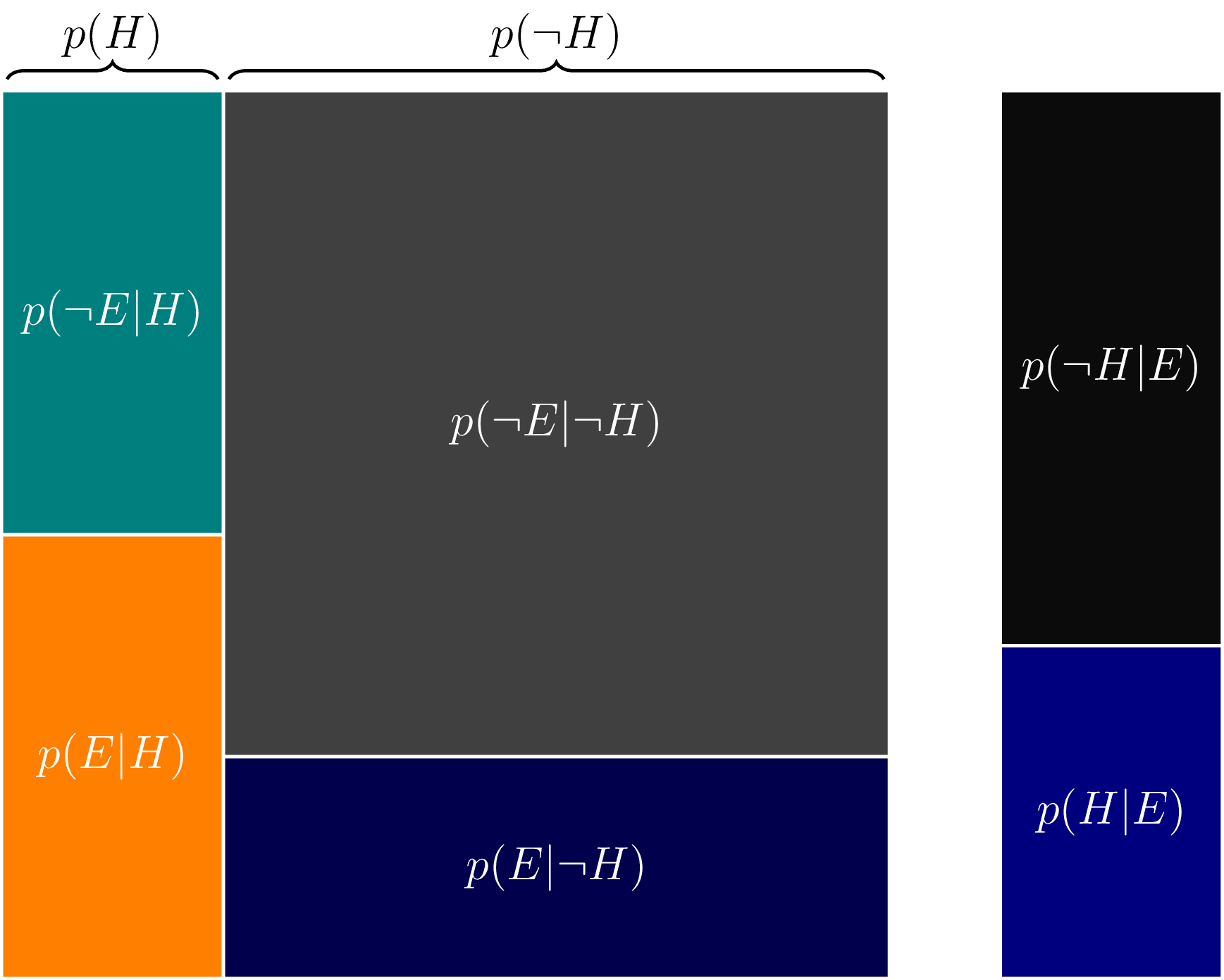Geometric Bayes
3blue1brown-inspired geometric visualization of Bayes theorem https://youtu.be/HZGCoVF3YvM.

Download
Code
geometric-bayes.typ (87 lines)
geometric-bayes.tex (21 lines)
3blue1brown-inspired geometric visualization of Bayes theorem https://youtu.be/HZGCoVF3YvM.
